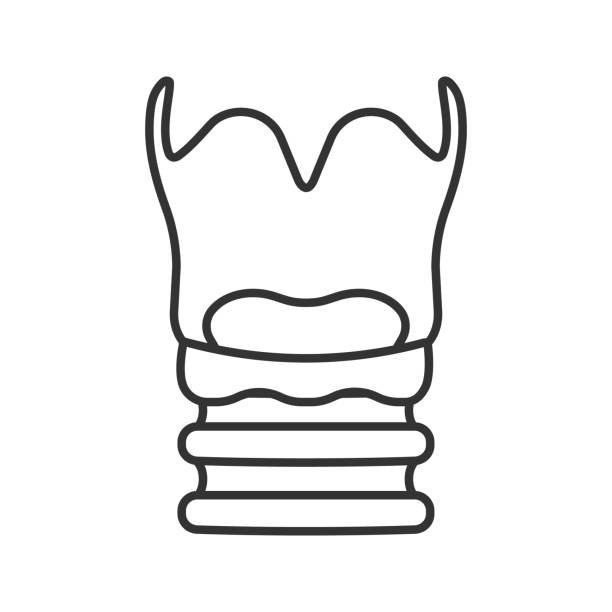Laryngeal Cleft

Laryngeal Cleft
A laryngeal cleft is a rare congenital condition where there is an abnormal opening between the larynx (voice box) and the esophagus (swallowing tube). This opening allows aspiration in which liquids of food to enter the airway leading to serious breathing and feeding problems. Laryngeal clefts vary in severity, ranging from a small gap above the vocal cords (Type I) to a deep opening that extends into the trachea (Types II–IV). Most laryngeal clefts are diagnosed in infancy or early childhood, although milder cases may go unnoticed until later in life.
Signs and symptoms of a laryngeal cleft can vary depending on the size of the cleft. Common signs include coughing or choking during feeding, noisy breathing (stridor), frequent respiratory infections, aspiration pneumonia, poor weight gain and a weak or breathy cry. In some cases, the symptoms can be subtle, and children may simply appear to have recurrent “colds” or chronic cough. Because these signs overlap with many other pediatric conditions, careful evaluation is key to making the correct diagnosis.
The workup for aspiration and laryngeal cleft often starts with a modified barium swallow study (MBSS) or a fiberoptic endoscopic evaluation of swallowing (FEES). These tests allow pediatrician, speech and language pathologists and our otolaryngologists to observe how a child swallows different liquids and solids, and whether any material enters the airway. If aspiration is seen on testing, the next step is often a direct laryngoscopy and bronchoscopy performed by our surgeons at ENT for Kids. This procedure is done under general anesthesia and provides a detailed view of the voice box, trachea and esophagus to confirm the presence and type of cleft.
Treatment depends on the severity of the cleft. For small (Type I) clefts, conservative management may be recommended at first. This includes thickening liquids, modifying feeding techniques, using medications to manage reflux and working with a feeding specialist. In more severe cases or when conservative treatments fail, surgical repair of the cleft may be indicated. The surgery involves closing the abnormal opening to prevent food and liquid from entering the airway. This is usually done through the mouth (endoscopically) for less severe clefts, while larger clefts may require more complex open surgery.
With proper diagnosis and treatment, many children with laryngeal clefts go on to feed and breathe normally. If your child has persistent coughing during meals, recurrent chest infections, or other signs of aspiration, it’s important to consult your pediatrician and ask for a referral to our specialists at ENT for Kids. Early intervention can make a significant difference in your child’s health, growth and development.
If you’re concerned about your child’s feeding and swallowing, please reach out to us to arrange a consultation.